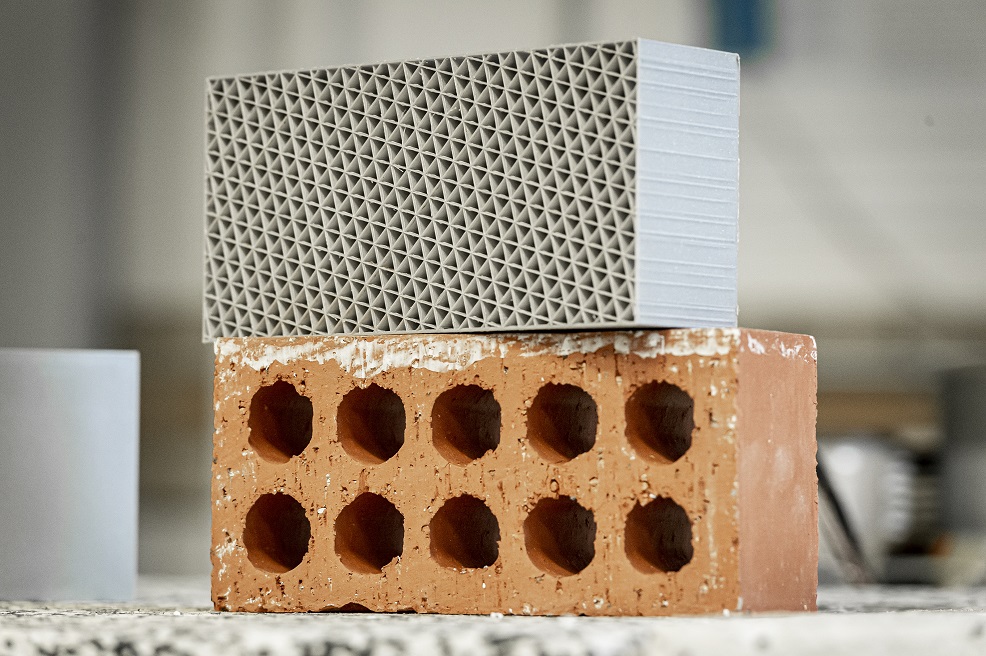Researchers at De Montfort University in Leicester have created a super-insulating house brick out of domestic plastic waste.
A team led by Dr Karthikeyan Kandan, senior lecturer in mechanical engineering at De Montfort University (DMU), made the brick using 3D printing and lattice architecture technologies, criss-crossing strips of recycled plastic to form a weave.
Lab tests show it providing 10-times better insulation than traditional bricks made from clay.
Dr Kandan said that the design was inspired by nature, after he examined the structure of the Baya weaver bird’s nest, which has an elaborately woven construction.
“The Bayer weaver bird’s nest’s ingenious construction gives it excellent thermal insulation and mechanical properties for inhabitation,” explained Dr Kandan. “Inside there is a central nesting chamber, which makes it the ideal micro-climate for inhabitation. By replicating this structure, we have manufactured a brick that improves energy efficiency of modern buildings and therefore can reduce carbon foot print.”
Saad Alqahtani, a first-year PhD student at DMU, carried out controlled experiments on the plastic bricks, under joint supervision from Dr Kandan and Dr Farukh Farukh – also a senior lecturer in mechanical engineering at the university.
To test its thermal insulation characteristics, Saad Alqahtani placed the brick in a hot-box calorimeter – a piece of equipment used to measure the U-value of an object, which can be set up to simulate the regulatory standard for buildings.
The results showed a U-value of 0.25 W/m²K, making it 10 times more effective than a clay brick, which delivers an average of 2.94 W/m²K.
“Our brick, made from all kinds of domestic plastic waste – from coffee cup lids to plastic bottles – exhibits a tremendous thermal envelope over conventional building materials,” said Dr Kandan. “This provides significant potential to not only improve the energy efficiency of modern building, but also to conserve space and reduce dead-weight in multi-story buildings.”
Saad Alqahtani said: “Our work has demonstrated that 3D printed bricks made from household plastic waste are thermally far superior than the existing bricks made in the market. This breakthrough can literally help us build the future.”

